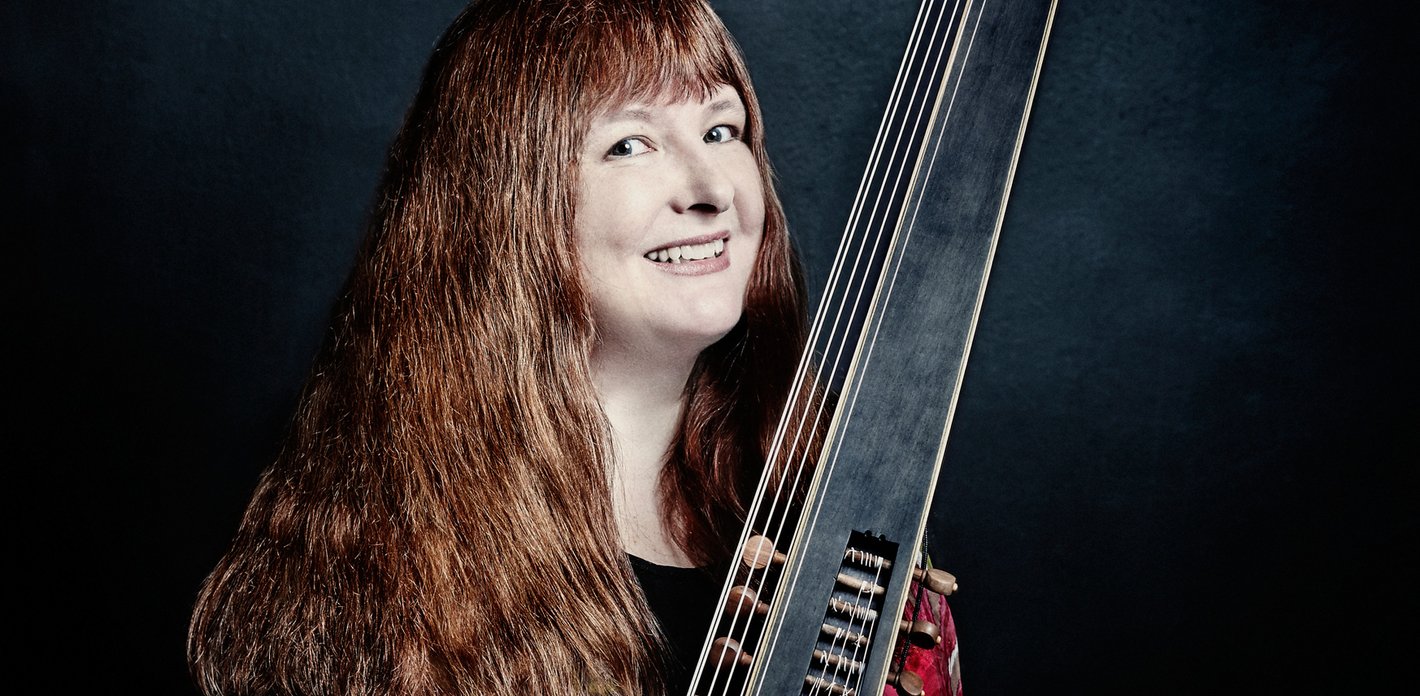Scarcely anyone else has blown the cobwebs off Early Music like Christina Pluhar. The Austrian musician roams between jazz and Baroque, between Mediterranean folk music and atmospheric Renaissance sounds – free of academic overtones, but still based on sound research. In this interview the lutenist, conductor and arranger talks about her love of Early Music and about the art of improvisation.
01
Christina, what fascinates you so about Early Music?
Its beauty, the clear structures, the lovely harmonies, the close connection between music and text, the beautiful sound of the instruments and last but not least, the freedom that this music gives us for improvisation and instrumentation, the scope to arrive at one’s own interpretation through choice of timbre and other artistic licence.
02
You regularly discover new compositions. Where do you track these works down?
Part of my work consists of research. I comb through archives and libraries in search of works that have lain dormant there for centuries. It’s always exciting to come across forgotten masterpieces. The other part of my work consists of producing the best possible interpretations of these works and familiarising today’s music lovers with them.
03
»If I could travel back in time, I would go to Venice at the time of Claudio Monteverdi and Francesco Cavalli...«
Christina Pluhar
How much of the performance is already fixed when you and your ensemble go out onto the stage?
That depends very much on the works we are playing. Mozart, for example, already includes instructions on dynamics, instrumentation and timbres in his scores. But in earlier manuscripts from the 17th century, there are generally only a few indications on how the composer intended the music to be played. A wealth of ornamentation went without saying in those times for every singer and musician. The basso continuo, the figured bass that the performer filled out with suitable harmonies as he went along, was always improvised. But the actual instrumentation of both the continuo part and the melody parts was usually left up to the interpreter. In other words, it’s up to the musician whether he plays an instrumental part on a cornet or a violin.

»Improvisation is of immense importance in 17th century music. It gives us the artistic licence to bring Early Music to the here-and-now.«
Christina Pluhar
04
What role does improvisation play?
Improvisation is of immense importance in 17th century music. It gives us the artistic licence to bring Early Music to the here-and-now. Nowadays, a musician doesn’t just play a piece: he brings himself, and his skill and art into the performance. He can communicate much more directly with the audience. It goes without saying that today’s musicians have to start by learning the musical language of the 17th century. The better a performer’s command of that language, the better he can express himself and communicate.
05
At Easter in 2022, you are appearing at the Elbphilharmonie with your ensemble L’Arpeggiata and the programme »Via Crucis« (The Stations of the Cross). Can you tell us something about the project?
All the music in »Via Crucis« is based on texts about the Passion – an important subject in Early Music. One example is Tarquinio Merula’s Hor che tempo di dormire (Now that it’s time to sleep), in which the Virgin Mary sings a lullaby for her new-born child. The rocking of the cradle, symbolised by repeated figures in the bass line, make her fall into a trance where she alternates between loving contemplation of the infant Jesus and visions of his future suffering. She has a vision of his tiny hands and feet already pierced by nails. »Via Crucis« is a profound and thoughtful programme that ends with joy at the Resurrection.
Interview: Julika von Werder, last updated: 23 Mar 2022
Christina Pluhar about Handel :English subtitles available
»His harmonic sequences are often used in today’s pop music.«






